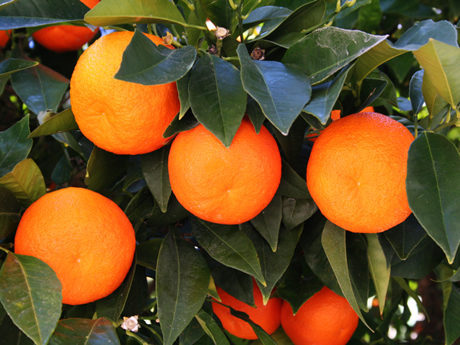How Homeowners Can Help Stop Citrus Greening
Homeowners with a citrus tree in their yard are an important part of the defense in keeping the Asian Citrus Psyllid out of the San Joaquin Valley. It’s important since the insect vectors a deadly disease on citrus.
Kevin Severns is a citrus grower and chairman of the California Citrus Mutual, based in the Tulare county town of Exeter. Severn says homeowners are an integral part of the picture.
“More homes than not and certainly more neighborhoods than not, have citrus trees in them. Certainly in the San Joaquin Valley and Southern California as well. In fact, in Southern California there is actually more acreage in backyards than there is in the rest of the citrus industry combined. So the homeowner is key to us winning this fight against the Asian Citrus Psyllid.”
Severns gives some pointers on what homeowners can do to prevent the spread of the Asian Citrus Psyllid.
“So what they can do for us is actually a couple of things. They can go out and inspect their trees for the Asian Citrus Psyllid. We have a lots of materials that are available for them to be able to identify the bug,” said Severns. “Essentially what it looks like is little tiny spikes or thorns, on the back of the leaf. If a homeowner certainly sees something like that, the best thing for them to can do is call the County Ag Commissioner’s office and they can bring someone out who can positively identify it.” he added.
Severns said homeowners also should be looking at the symptoms of Huanglongbing disease, also known as citrus greening, which is the disease the ACP carries.
“Stunted growth on the tree, yellowing on the tree, and fruit that is oblong and misshapen. So all this together they can help us look for [Asian Citrus Psyllid]. One other thing they can do is to not bring plant material in from other areas that are heavily infested with the Asian Citrus Psyllid, that is a huge deal for us. So all those things together, if they can help us be vigilant on this, that would just be huge in us winning this fight and keeping them out of the Central Valley.”
For more information on this disease, go to CaliforniaCitrusThreat.org









